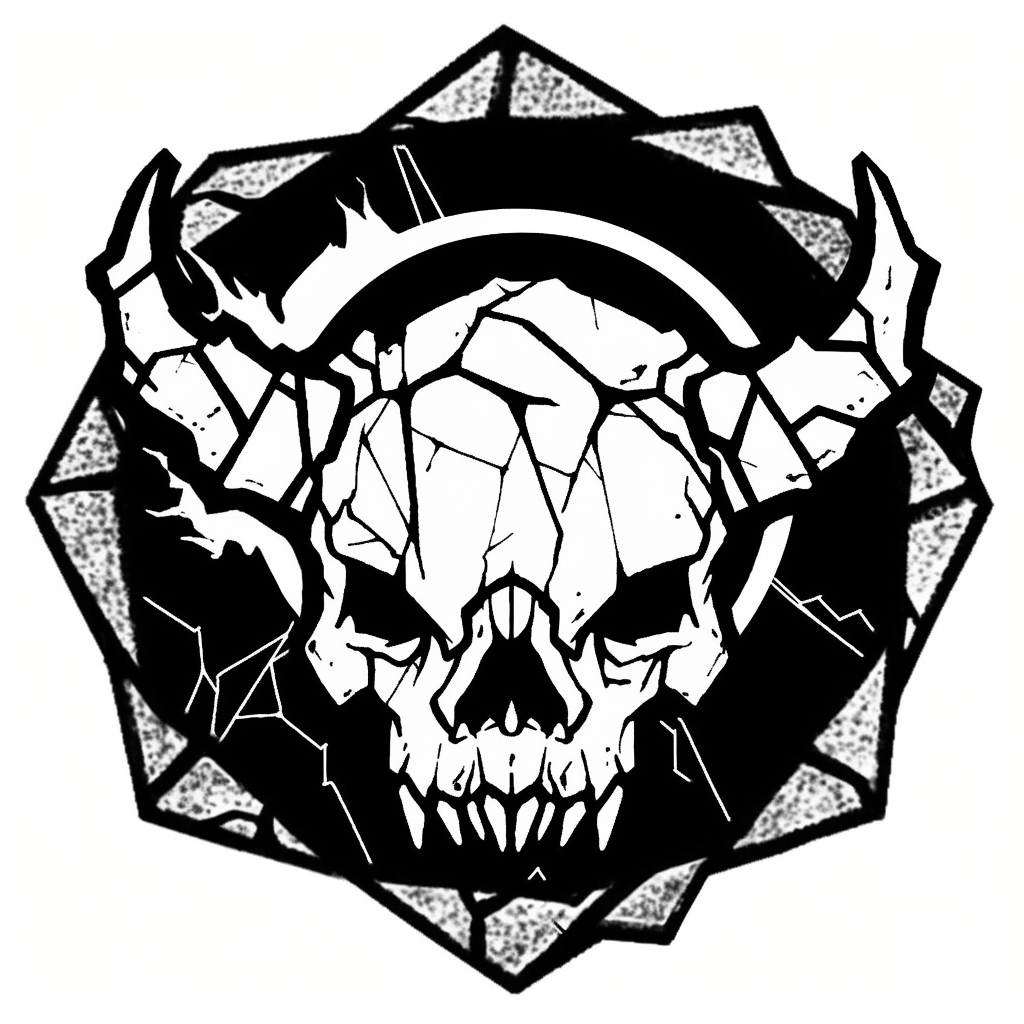The Road to Ruin
The stereotypical view of the Doomguard’s core philosophy is that it intends to destroy every physical object in the multiverse and write a fair number of sentients into the dead book. However, this is only one small part of the big picture. What many forget is a very key thing when considering the Doomguard’s goals and actions; in the faction’s eyes, everything decays. People, buildings, gods, ideas… everything.
Although the faction believes that it is the duty of the multiverse to decay, the majority of the Doomguard deal with only the Entropy of the physical world. While they certainly enjoy setting fire to a barn, pulling a tower down brick by brick, or simply watching wooden beams rot, the creations of sentient creatures aren’t the faction’s only concern. Entropy is also at work in the “natural” world. Wind slowly wears away mountains; rivers eat away at their banks; termites consume trees. Admittedly, it is primarily the Guardians and Regulators who pay attention to such things, but there are a few Destroyers who take pride in helping Nature further along the path to destruction.
In addition to these “small” natural concerns, a few of the Doomguard are interested in Decay and Entropy on a planar scale. Thus, while the faction as a political entity hates the Harmonium, they would applaud the shifting of the third layer of Arcadia if they ever found out about it. The Sinkers as a whole pay great attention to the sliding of the gate-towns in the Outlands. It would shock a few self-righteous upper planars to learn that the shift of their gate- town into the appropriate plane was helped along by the Doomguard. This planar level of decay also serves to explain the faction’s interest in the Inner Planes and the creation of the entropes.
However, the physical realm is only part of the story when talking about the state of Entropy. The Doomguard is also interested in the decay of less tangible things—gods and ideas, for example. The more militant members of the Athar occasionally form temporary alliances with the Sinkers in their attempts to perform acts of physical harm upon a power’s temples, realm, or servants. Less suicidal members prefer to run a slander campaign against the powers, or mere mortals. The ruin of a person’s reputation is often just as satisfying as the physical destruction of their house. The few fiends who are members of the faction prefer to continue with their corruption of mortals; after all, isn’t a descent from good to evil a form of decay? A very small number of factioneers are taking a cue from The Sign of One and are trying to either imagine an object out of existence, or else do away with the very concept of an object. (Which would be a greater coup for the faction… the destruction of every chair in existence, or the destruction of the very idea of a chair so that none would ever exist again?)
In addition to the physical and metaphysical realms, members of the Doomguard are also interested in the mental realm as well. The Bleak Cabal sees a fairly regular stream of Doomguard visitors who’ve come to enjoy seeing people’s minds slip away. On occasion a fight does erupt as members of the Destroyer fraction attempt to speed along the mental decay, at direct odds to the Bleakers’ efforts to help the poor sods. And it’s a good bet that a few of the residents in the Gatehouse were put there through the deliberate actions of a few of the more cerebral members of the faction.
But all of that only applies to the more mainstream members of the faction. There is a minority within the Doomguard that claims such an exclusive focus on “the three D’s” (Death, Decay, and Destruction) is only half of the picture. If that’s all there was to the faction’s core beliefs, they ask, why are we in the business of making weapons? Certainly weapons help with the three D’s, but isn’t their creation in the first place rather contrary to the idea of Entropy? While most factioneers will either ignore this inconsistency, or else shrug it off as a necessary evil, the members of this minority embrace the act of creation as just another part of the whole of Entropy. In their view, construction often serves the cause of Entropy better than simple rot alone.
The act of creation can very often lead to a better understanding of destruction. After all, if you know how to put something together, you also know how to take it apart. But more importantly, creation quite often causes more things to experience the touch of Entropy than pure destruction. If you let a house fall into ruin, you’ve destroyed one house. But, if you repair it just before the end, you create multiple acts of Entropy. Masons cut stone, miners pull iron out of the ground, and labourers heap more abuse upon their bodies. Some of the more progressive thinkers in the faction point out that by repairing the ruined house, you’ve actually brought Entropy to a state of Entropy!
Source: Ken Lipka


